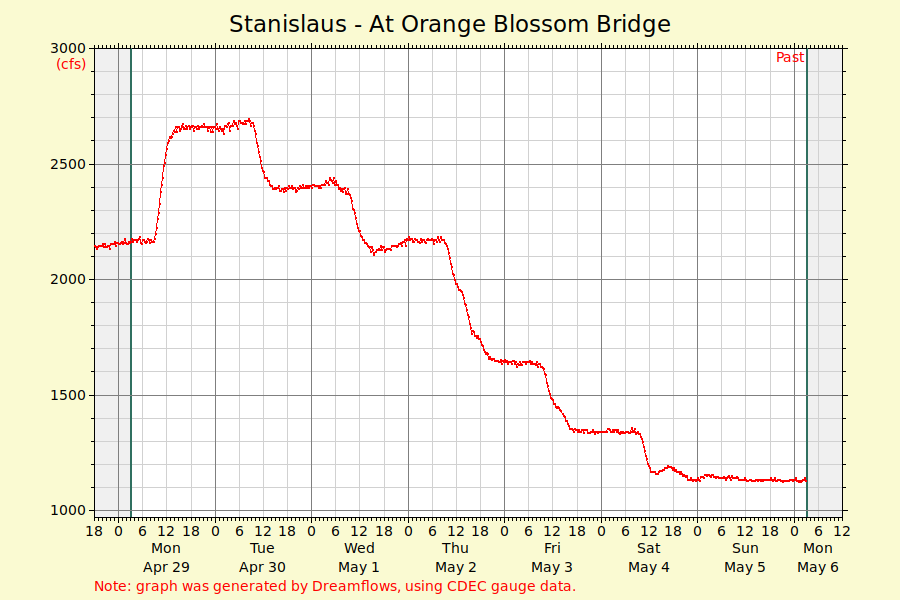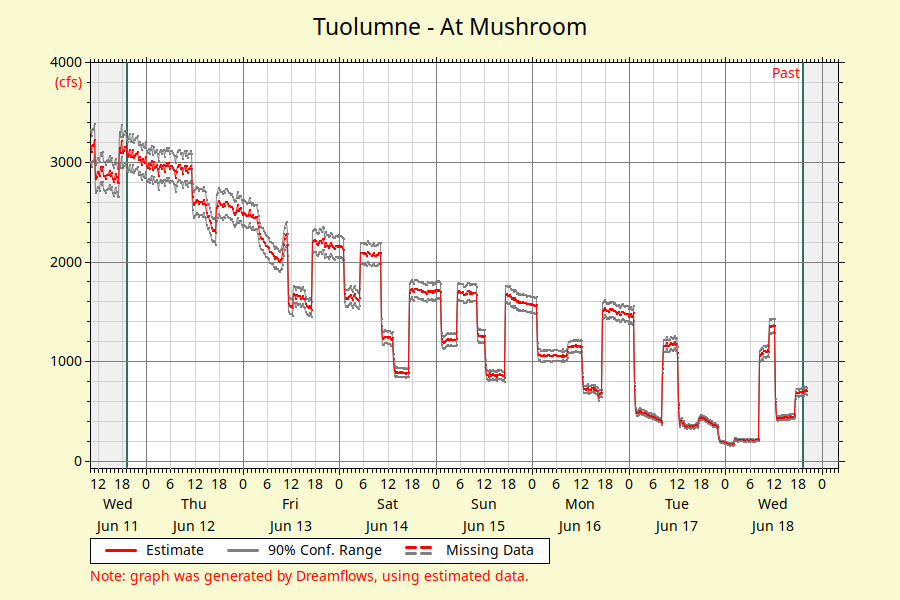Last Updated on Wednesday, November 05, 2025
This page features real-time flow data and other helpful information about 10 of California's best whitewater rafting rivers.
The 2025 California rafting season is now over; the 2026 season will start in April. Plan ahead and save 25% on your 2026 rafting trip during our Pre-Season Sale happening November through January.
Let’s look back at the past rafting season. After a third consecutive year of near-average or better snowpack (a milestone not seen in 25 years!), 2025 delivered an outstanding whitewater rafting season in California. Free-flowing rivers that don’t have dams upstream enjoyed healthy flows this spring. Dam-controlled rivers had steady water levels due to consistent and reliable releases from the upstream reservoirs.
For more specific information about each river, see the individual river sections below or contact us. To stay connected and up-to-date on all California river flow information, sign up for the AO eNews, read the AO Blog, or follow us on Facebook or Instagram.
The measurement used to determine the flow in a river is “CFS”, which is Cubic Feet per Second. Gauges along the river indicate how much water is moving past a given point. The higher the “CFS” the higher the flow. Most of the time, higher flows (higher CFS) means more exciting and challenging rafting trips.
Click on your favorite California river below to see real-time water levels and season predictions!
Intermediate-Advanced
 This page features real-time flow data and other helpful information about 10 of California's best whitewater rafting rivers.
This page features real-time flow data and other helpful information about 10 of California's best whitewater rafting rivers.






